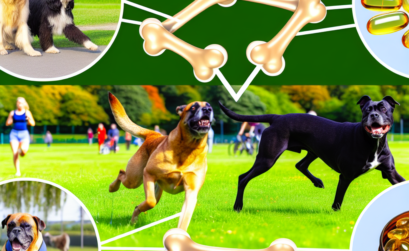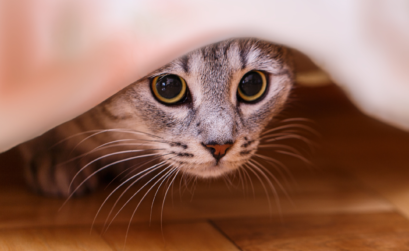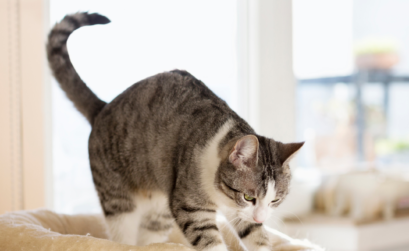Embark on a heartwarming journey into the realm of cat communication as we explore the tender behaviors of kneading and purring. In this exploration of “Kneading and Purring,” we unravel the secrets behind these endearing actions, gaining insights into the multifaceted ways your cat expresses comfort, joy, and a deep sense of well-being.
Kneading, An Endearing Ritual
Kneading is a rhythmic, repetitive motion where a cat pushes its paws alternately against a soft surface. This adorable behavior often traces its origins to kittenhood when nursing kittens knead their mother’s belly to stimulate milk flow. As adults, cats continue this endearing ritual as a sign of comfort and relaxation.
Purring Harmony, The Musical Background
Purring, a melodic vibration produced by the rapid contraction and relaxation of muscles, is the perfect accompaniment to kneading. While cats purr for various reasons, the combination of purring and kneading creates a symphony of contentment, symbolizing a state of blissful tranquility.
Emotional Comfort and Security
When your cat kneads and purrs, it’s an indication that they feel emotionally secure and content. This comforting duo serves as a self-soothing mechanism, allowing your cat to express a deep sense of relaxation and happiness. Embrace these moments as a testament to the strong bond and trust between you and your cat’s companion.
Creating a Cozy Space
Cats often choose soft surfaces for their kneading sessions, such as blankets, pillows, or even your lap. By kneading, they instinctively create a cozy and comfortable space, preparing it for rest and relaxation. Be honored if your cat includes you in their kneading repertoire, as it signifies a strong sense of attachment.
Social Bonding, Kneading in Groups
In multicat households or during social interactions, cats may engage in communal kneading. This group behavior reinforces social bonds and a sense of shared space and harmony. It’s a heartwarming sight to witness cats kneading together, fostering a sense of unity within the cat’s family.
Kneading During Play
Kneading isn’t limited to restful moments; cats may incorporate it into playful interactions. This joyful expression of kneading during play highlights the cat’s ability to seamlessly blend comfort and enjoyment, creating a harmonious balance between relaxation and excitement.
Sign of Trust, Belly Exposure
During kneading sessions, some cats expose their bellies—a vulnerable area. This act signifies an immense level of trust, as the cat feels secure enough to display this sensitive part of their body. Respect their trust by refraining from sudden movements and allowing them to express themselves freely.
Understanding Variations in Kneading
While many cats knead with their front paws, some include their back paws in the rhythmic motion. Each cat’s kneading style is unique, adding a personal touch to this delightful behavior. Pay attention to these variations, as they offer glimpses into your cat’s individual personality and preferences.
In conclusion, “Kneading and Purring” unveils the tender expressions of cat contentment. By embracing these endearing behaviors, you enter into a shared space of comfort, trust, and joy with your cat. Whether they knead in your lap or purr softly beside you, cherish these moments as a celebration of the deep bond you share. Here’s to the cozy kneading sessions and the soothing melodies of cats purrs! 🐾💕










